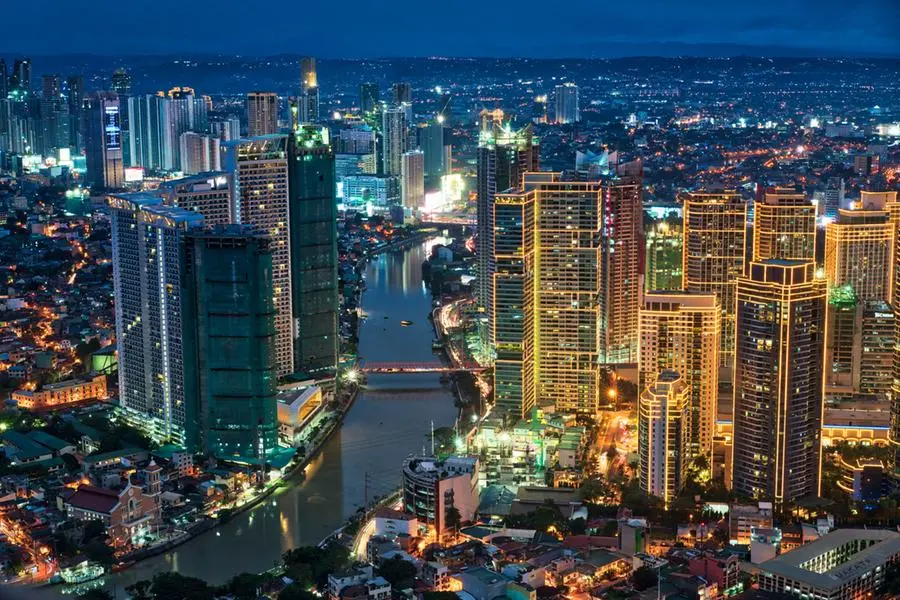PHOTO
The Asian Development Bank (ADB) has trimmed its economic growth outlook for the Philippines this year due to inflationary pressures and external headwinds.
In its Asian Development Outlook September 2023 report released yesterday, the ADB said it revised the growth forecast for the Philippines to 5.7 percent for this year from the six percent projection in the April report.
'Growth is expected to remain strong, albeit tempered by inflationary pressures and global headwinds,' the ADB said.
The ADB's revised gross domestic product growth forecast is below the government's six to seven percent growth target for the year, and the 7.6 percent growth posted in 2022.
Economic growth slowed to 4.3 percent in the second quarter, from 6.4 percent in the previous quarter and 7.5 percent in the second quarter last year, as high inflation and interest rates dampened consumer demand and investment. This brought the first semester growth to 5.3 percent.
For next year, the ADB has maintained its growth forecast for the Philippines at 6.2 percent.
This forecast is also lower than the government's 6.5 to eight percent growth target for next year.
'The Philippines' growth story remains strong despite an expected moderation in 2023. Public investment and private spending fueled by low unemployment rate, sustained increase in remittances from Filipinos overseas, and buoyant services including tourism will support growth,' ADB Philippines country director Pavit Ramachandran said.
'The government's large infrastructure projects should further stimulate consumption, boost jobs, and spur more investment,' he said further.
As inflationary pressures ease next year, the ADB said this should bode well for domestic demand.
The ADB has retained its inflation forecasts for the Philippines at 6.2 percent for this year, and four percent for next year.
While inflation is expected to soften, the ADB said the onset of El Niño, elevated global commodity prices, and second round effects from high transport fares and minimum wage hikes may slow the pace of deceleration.
Last month, inflation ended a six-month downtrend as it accelerated to 5.3 percent from 4.7 percent in July due to faster increases in food prices and transport costs.
Inflation averaged 6.6 percent in the January to August period, still higher than the central bank's two to four percent target range.
The ADB said downside risks to the outlook include a sharper-than-expected slowdown in major advanced economies, heightened geopolitical tensions, and global commodity prices above expectations.
'An intensified and prolonged El Niño, other severe weather disturbances, and a continuation of the Russian invasion of Ukraine could elevate inflationary pressures,' the ADB said.
Copyright © 2022 PhilSTAR Daily, Inc Provided by SyndiGate Media Inc. (Syndigate.info).





















